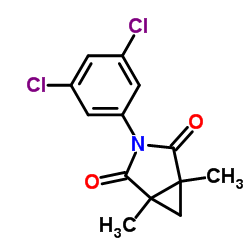| Structure | Name/CAS No. | Articles |
|---|---|---|
 |
Vinclozoline
CAS:50471-44-8 |
|
 |
2-Hydroxyflutamide
CAS:52806-53-8 |
|
 |
Procymidone
CAS:32809-16-8 |